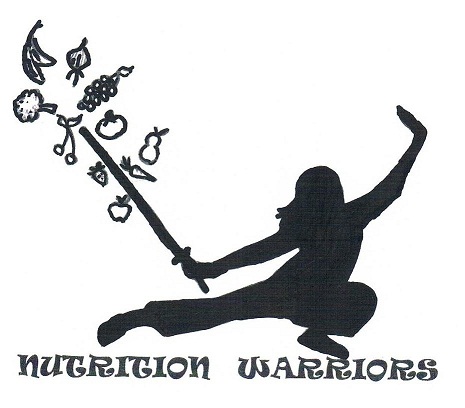There is so much talk about juicing and Wheat grass. Is it all that is hyped up to be? Yesterday while I was at Jamba Juice with my kids, I noticed that they will add wheat grass to your smoothie. So should we all forget the lawn mower and start eating wheat grass?
What does The Mayo Clinic think about wheat grass?
"Wheat grass is a nutrient-rich type of young grass in the wheat family that is sold in a variety of forms as a dietary supplement. Proponents say that wheat grass has numerous health benefits, but there are no significant research studies to support wheat grass health claims."
So Gluten free people stay away from Wheat grass!
Wheat grass is generally considered safe. It may cause nausea, headaches, hives or swelling of your throat. Wheat grass is usually grown in soil or water and consumed raw, which means it could be contaminated with bacteria or mold. If you're pregnant or breastfeeding, don't use wheat grass. If you have a wheat or grass allergy, celiac disease or gluten intolerance, check with your doctor before using wheat grass. Wheat grass can have a strong grassy taste, making it difficult to tolerate.
Wheat grass does provide a concentrated amount of nutrients, including iron, calcium, magnesium, amino acids, 70 percent chlorophyll, and vitamins A, C and E. Wheat grass fans say that its rich nutrient content boosts immunity, kills harmful bacteria in your digestive system, and rids your body of waste. Some proponents tout wheat grass for cancer, anemia, diabetes, constipation, infections, skin conditions, colon cleansing, ulcerative colitis and joint pain, among other health concerns. Wheat grass may also be promoted as a good way to help meet your daily target for vegetable servings. However, there are few research studies about wheatgrass, so it's difficult to assess such health claims.
Wheat Grass juice is the closest substance to hemoglobin known and is therefore a phenomenal blood purifier and liver de-toxifier. The body converts the chlorophyll from wheat grass into blood,it is able to do that because the structure is almost identical to human blood. Therefore, wheat grass helps to keep a natural renewal of fresh blood supply. Wheat grass may boost the hemoglobin percentage in blood, helping with the functioning of the heart, blood vessels and arteries. It contains vitamin E, which dilates capillaries, enabling blood to flow freely.
According to Columbia University's Health Internet service, wheat grass or wheat grass supplements help to neutralize body odors. Drinking wheat grass juice also reduces bad breath or halitosis. Wheat grass is good at reducing body and breath odors from tobacco, sweat, dental decay and infection.
What about barley grass or oat grass?
Do you use wheat grass, oat grass or barley grass in your smoothies? Tell me what you think.


